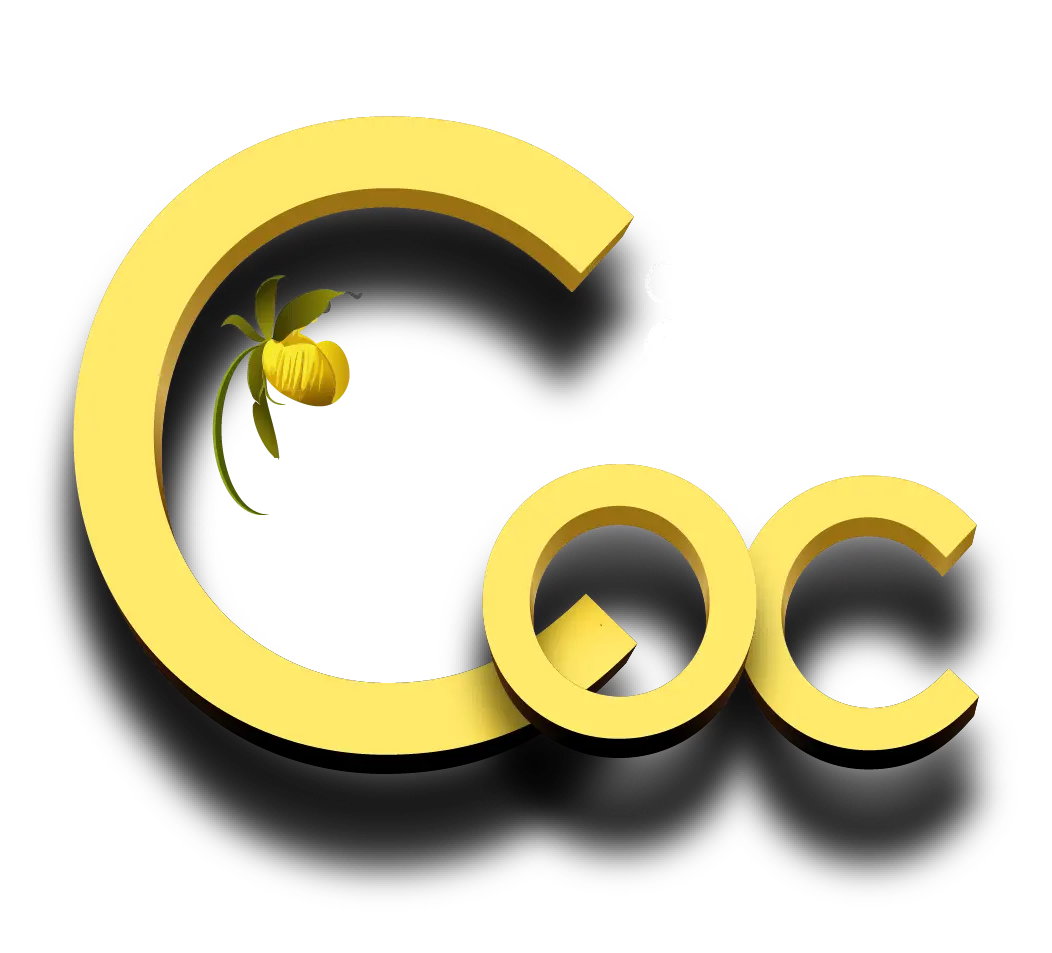These instructions are being provided to Canadian orchid hobbyists with the intention of minimizing importation challenges at the border. We recognize that this information will not prevent all of your importation problems but if you follow these instructions, your problems if any, should be minimal.
If you plan on purchasing orchids at shows outside Canada, please read the instructions carefully. Note that many plants for sale at major foreign shows will have originated in countries other than where they are being sold such as in the continental USA. In the case of the continental USA, if the orchids have been grown there for at least 12 months, they will be considered from the USA but if they have been very recently imported for sale at the show, re-export documentation may be difficult to obtain. Be certain that you can obtain the necessary export documents for any purchase before buying plants.
Also, if you plan to purchase from a California or Oregon vendor, note that a Phytosanitary certificate with additional declarations will be needed in order to certify the stock free of a dangerous disease of trees, Phytophthora ramorum.
Note that no Permit to Import or Phytosanitary Certificate is required for Sphagnum/Peat moss that has been dried or treated but this product must not have been used previously for growing plants and it must be free of pests and soil.
Those wanting to exhibit living orchids at shows outside Canada should contact the organizers for guidance as to what permits are required to enter their country. There also may be specific requirements as to permitted potting medium or only cut flowers may be permitted.
The Canadian Wildlife Service, Environment Canada, would like to educate travelers about their responsibilities under the Convention on International Trade in Endangered Species of Wild Fauna and Flora (CITES), of which Canada is a signatory. When crossing the border, travelers may need to apply for a CITES permit to bring home a tourist souvenir, household or personal effect, or when traveling with an exotic pet.
Please review the following documents:
- Canadian CITES Permit Requirements as of Sept 2011.
- Importing Orchids into Canada – Basics
- Importing Orchids into Canada – for Hobbyists
- The Whys and Wherefores of Phytosanitary Documentation
- Travellers Bringing Orchids into Canada
- Import/Export Checklist – Planning to purchase orchids at a World Orchid Congress (as in Singapore) or elsewhere? (September 2011)
- If you are planning a trip to California, Washington or Oregon and intend to bring back orchid plants then reading and following this new directive is a MUST.
The COC attempts to outline government policy but it is your responsibility to verify the latest policies and it is the government that has final say on those rules – not the COC.
Prospective orchid importers wishing to apply for a Permit to Import can use the following lists to select the genera/hybrid genera which are most likely to be imported over the life of a permit. One is not bound to import all that is listed so the permit application can be generous with the selection of possible genera for importation. Chances are that what is eventually imported will fall within such a list.
Applicants might wish to consider when appropriate, to list both the ‘new’ intergeneric epithets as well as their synonyms. This way both Sophrolaeliocattleya and its sometime synonym, Laeliocattleya, or Colmanara and its sometimes syn. Odontocidium, would be covered.
These lists cover everything that could possibly be imported genus-wise together with the correct spelling:
Orchid name abbreviations list
Disclaimer: The details provided by the COC are for informational purposes only. The Canadian Orchid Congress does not warrant or assume any legal liability or responsibility for the accuracy, completeness, or application of any information presented.
